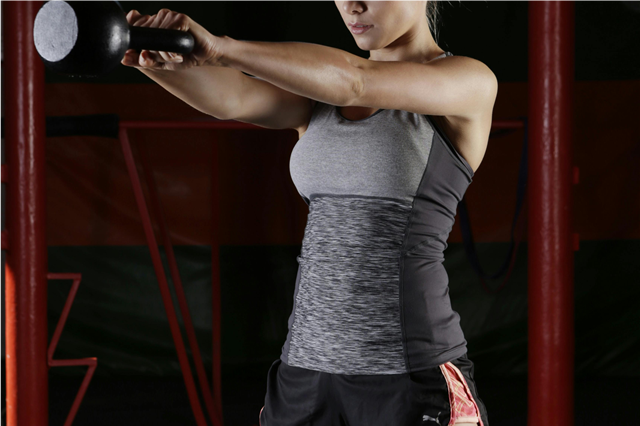
What are the uses of a punching bag in boxing training?
When you think of boxing training, one image probably comes to mind immediately: the classic leather punching bag swinging back and forth as fighters unleash powerful combinations. But did you know that this simple piece of equipment is responsible for some of the most dramatic transformations in combat sports history?
The punching bag isn't just hanging there waiting for someone to hit it—it's actually one of the most versatile and essential tools in any boxer's arsenal. Let's explore the fascinating ways this humble training tool shapes champions.
1. Building Muscle Memory Through Repetition
Here's a mind-blowing fact: professional boxers can throw over 1,000 punches during a single training session using a heavy bag. This repetition is crucial because muscle memory—the body's ability to perform movements automatically—requires between 3,000 to 5,000 repetitions to become truly ingrained.
Every straight punch, uppercut, and hook thrown at the bag helps fighters develop the neural pathways needed for lightning-fast reactions in the ring. Muhammad Ali didn't become "The Greatest" by accident—he perfected his legendary footwork and combinations through countless hours pounding the bag.
2. Cardiovascular Conditioning That Builds Champions
Boxing is often called one of the most demanding sports for cardiovascular fitness, and the punching bag is largely responsible for this conditioning effect. During an intense bag workout, a boxer's heart rate can reach 85-95% of their maximum capacity—the same zone elite athletes use for peak performance training.
What makes this even more impressive is that unlike running on a treadmill, bag work engages both the cardiovascular system AND develops fighting skills simultaneously. Talk about efficiency!
3. Precision and Accuracy Development
Ever wondered how boxers can land punches with such incredible accuracy during fights? Much of this skill comes from working with the speed bag—a smaller, rebound-style bag that requires pinpoint precision.
Fun Fact: A standard speed bag is typically 13-16 inches in diameter, roughly the size of a human head. Training with this small target helps boxers develop the hand-eye coordination necessary to land clean shots on their opponent's head or body.
The rhythmic thump-thump-thump sound of a well-struck speed bag isn't just satisfying—it's the sound of precision being perfected.
4. Power Development Through Progressive Resistance
Heavy bags serve as excellent tools for developing punching power, but here's what makes them special: they provide progressive resistance. Unlike hitting a solid wall (which could break your hands), a punching bag gives slightly upon impact, allowing you to generate maximum force while maintaining proper technique.
Boxing legend Mike Tyson was known for his devastating power, developed partly through years of heavy bag work. The key? Learning to transfer power from your legs, through your core, and into your fists—all fundamental lessons taught by the humble punching bag.
5. Stress Relief and Mental Toughness
Here's perhaps the most surprising benefit: punching bags have become popular far beyond the boxing gym. Modern fitness centers regularly see people using bag workouts as stress relief, and there's science behind this trend.
Punching activates the body's fight-or-flight response in a controlled environment, releasing endorphins and helping reduce cortisol levels (the stress hormone). In fact, studies show that 20 minutes of bag work can be as effective as meditation for stress reduction.
6. Technique Refinement Without Fear
One of the most valuable aspects of bag training is the ability to practice techniques safely. Beginners can experiment with different punches, stances, and combinations without fear of hurting a sparring partner or receiving injury in return.
This safety factor allows fighters to push their limits and discover their fighting style. Many famous boxers credit solo bag work with helping them develop their signature moves—think of Manny Pacquiao's lightning-fast combinations or Floyd Mayweather Jr.'s defensive counters.
7. Versatility for All Fitness Levels
From children learning basic coordination to elderly individuals improving balance and mobility, punching bags offer benefits across all demographics. Double-end bags (attached to both ceiling and floor) help improve timing and reflexes, while hanging heavy bags focus on power development.
Modern gyms even offer specialized bags for specific goals:
- Double-end bags for speed and accuracy
- Maize bags for grappling practice
- Uppercut bags for close-range punching
- Wall-mounted bags for space-saving training
The Bottom Line
The punching bag has remained virtually unchanged for over a century because it works incredibly well. Whether you're training for professional competition, looking for an innovative workout, or simply want to relieve stress, few pieces of equipment offer the versatility and effectiveness of the classic punching bag.
Next time you see those distinctive leather surfaces swinging in a gym, remember—you're witnessing one of the most effective training tools ever created, trusted by champions and fitness enthusiasts alike to deliver results punch after punch.
Ready to experience the benefits of punching bag training for yourself? Whether your goals are fitness, stress relief, or actual boxing skills, the trusty punching bag is waiting to transform your workout routine—one combination at a time.



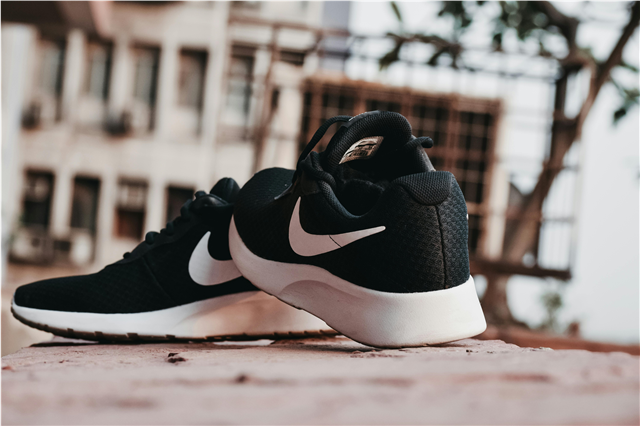
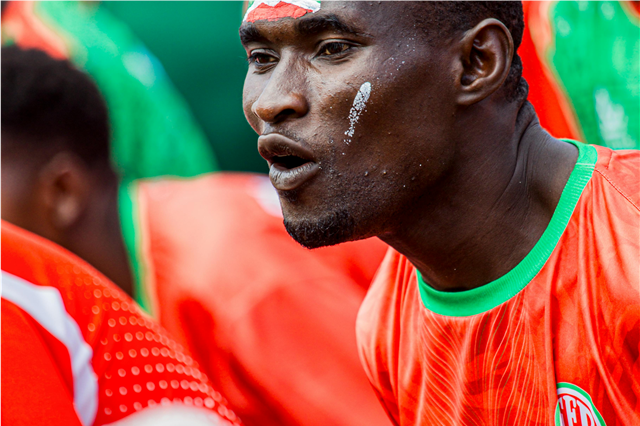
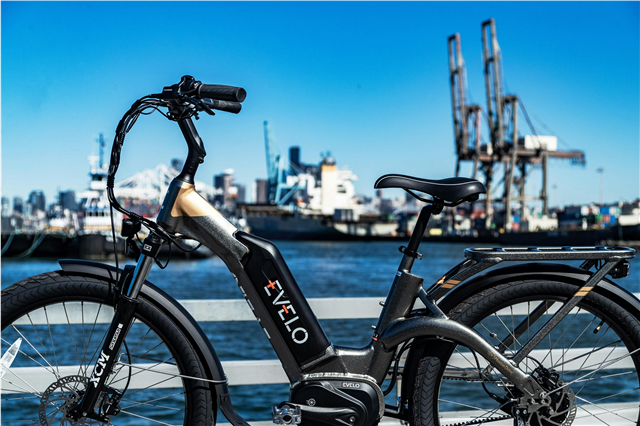
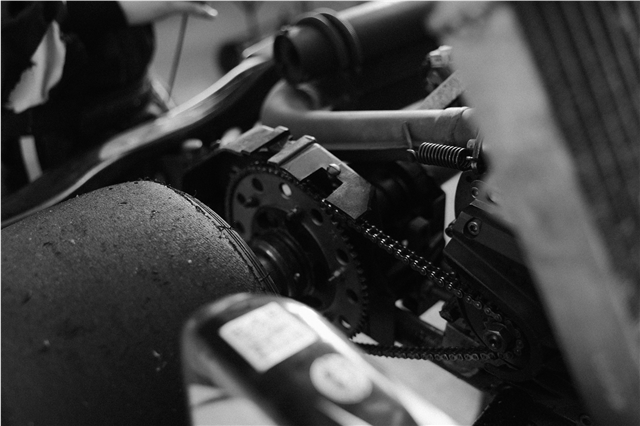








Post Comment